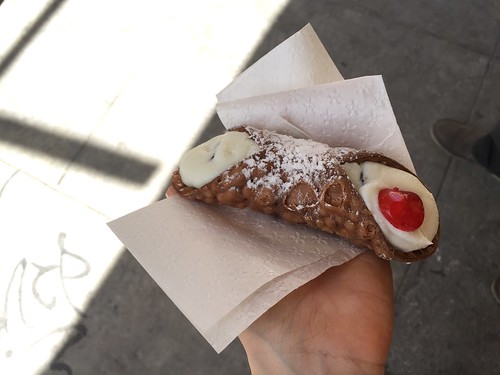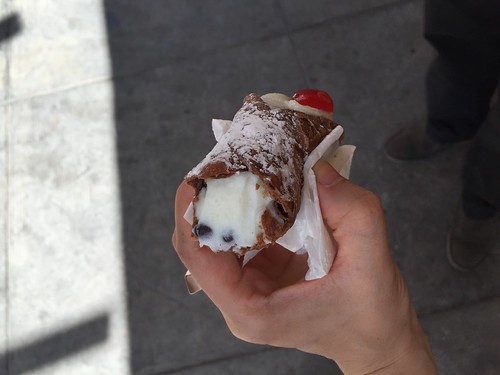July’s dense humidity saturated the streets outside while inside the ramen restaurant we slurped until the steam scorched our faces. Perilously overheated we fled out onto First Avenue in search of respite. That’s when we saw the ice cream truck. Street buzz promised an evening of potential.
Street buzz is a favorite term of urbanists looking to build attractive spaces. Unfortunately, descriptions of the phenomenon are frequently reduced to cliché. Street buzz saves the day; street buzz cures all. The concept easy to understand but hard to identify.
Street buzz describes the atmosphere of a place through the people, businesses and activities that fill it. Diverse shops, people walking their dogs and weather may contribute to the mood. But the atmosphere remains in the absence of specific activities, so long as they remain possible. Street buzz indicates the potential for an event to occur in a given place.
We didn’t immediately realize the night’s potential. But ice cream vans are always possible during a New York summer. We ordered without glancing at the sun-bleached menu: a vanilla-chocolate twist for me, a chocolate cone for him. Unfortunately, day campers had gobbled up the chocolate. So the driver dipped our vanilla cones in a chocolate shell and we feigned contentment. Street buzz revealed one potential but removed another.
Ice cream poured down our hands as we ate and we made a game of protecting our clothes. Pedestrians ignored us; we were buzz. Once our cones melted fully, we skipped to a Yelp-approved bar. Ice cream and bourbon: it was a Monday night street buzz cocktail.
These moments are the product of a good atmosphere, but mood can also be neutral or negative. A sleepy suburb has a street buzz, so does a slum, so does a queue at Disneyland. How the elements of these spaces unify create their unique atmosphere.
We all want to live in areas with good street buzz, but our notions of ‘good’ vary. For me ‘good’ is hopping from ramen to soft serve to bourbon. Someone else might prefer walking from the garden to the café to the bookstore or enjoying live musicians and farmers markets and graffiti. Street buzz impels us to live in different cities and neighborhoods. It is dynamic. We shape and reshape it through our continued interaction with a city. Street buzz is the potential of the now.




